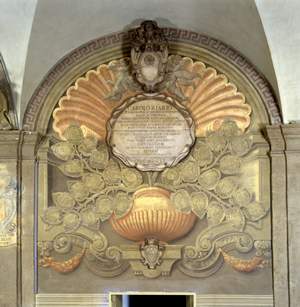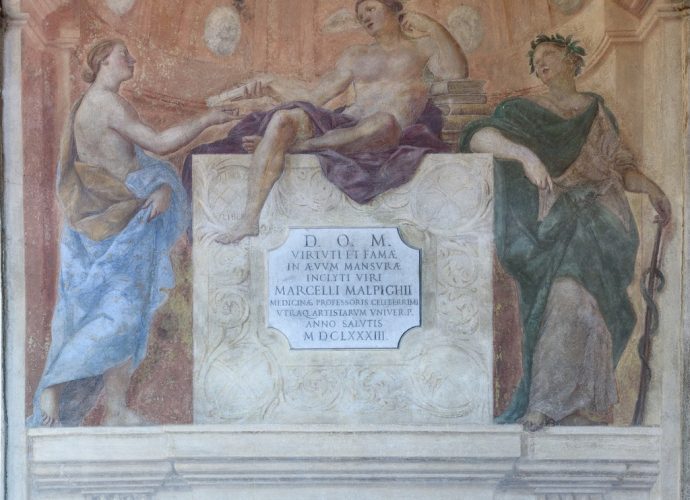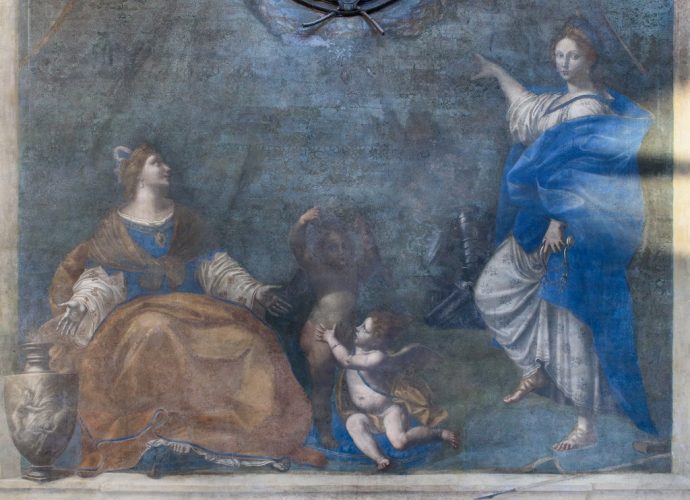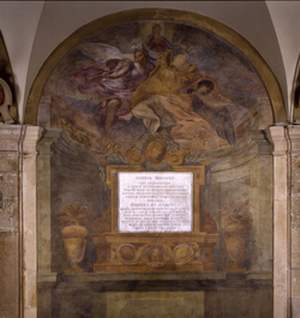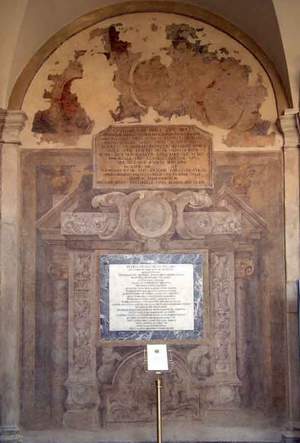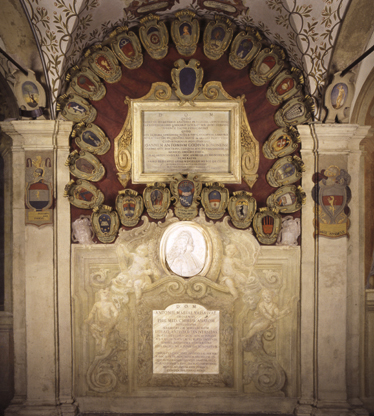A woman on the walls
Muratori’s memorial The only monument of the Archiginnasio that was realised by a female artist is Muratory’s memorial, which is located on the southern wall of the upper arcaded loggia. It was heavily damaged by the bombing of the 29th January 1944 and, also, by the subsequent restoration, because of aRead More →

